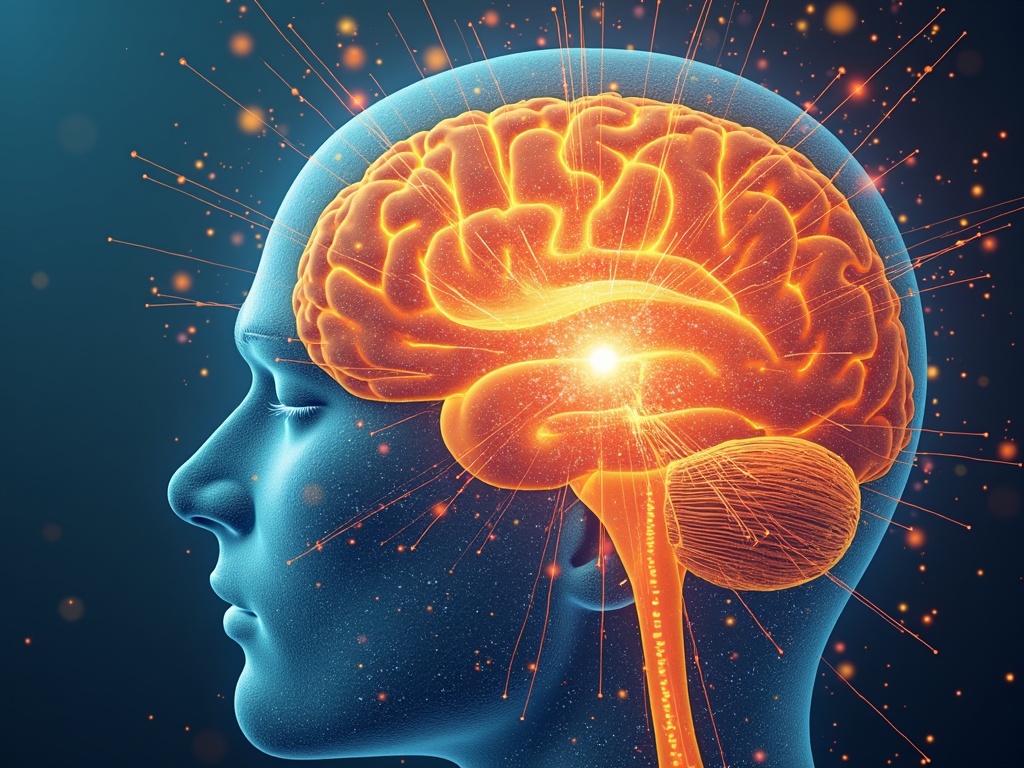Guided Meditation for Chronic Pain: Finding Relief and Reclaiming Your Life
Imagine your pain as a relentless storm, raging within your body, tossing you about with each surge. Now, picture yourself finding a calm, quiet harbor – a safe space where you can weather the storm with greater ease. This harbor exists, and it can be accessed through guided meditation. For those living with chronic pain, guided meditation offers a powerful tool to navigate the daily challenges and reclaim a sense of control and well-being.
Understanding Chronic Pain and Its Impact
Chronic pain isn't just a sensation; it's a complex condition that affects every aspect of life. Unlike acute pain, which serves as a warning signal for injury or illness, chronic pain persists long after the initial cause has healed, or it may arise from ongoing conditions like arthritis, fibromyalgia, or nerve damage.
Living with chronic pain can lead to:
- Physical limitations: Difficulty with movement, daily tasks, and exercise.
- Emotional distress: Anxiety, depression, irritability, and feelings of hopelessness.
- Sleep disturbances: Insomnia, restless sleep, and fatigue.
- Social isolation: Withdrawal from social activities and relationships.
- Reduced quality of life: Overall diminished sense of well-being and enjoyment.
Traditional pain management approaches, such as medication and physical therapy, are often essential but may not provide complete relief. This is where complementary therapies like guided meditation can play a significant role.
What is Guided Meditation?
Guided meditation is a form of meditation in which a facilitator leads you through a series of visualizations, breathing exercises, and focused attention techniques. Unlike silent meditation, where you independently observe your thoughts and sensations, guided meditation provides a structured and supportive framework.
The goal of guided meditation is to:
- Calm the mind: Reduce mental chatter and promote relaxation.
- Focus attention: Direct awareness to specific sensations, thoughts, or images.
- Cultivate positive emotions: Foster feelings of peace, gratitude, and self-compassion.
- Promote body awareness: Enhance connection with your physical sensations and needs.
Guided meditations are available in various formats, including in-person classes, audio recordings, and mobile apps, making them easily accessible and adaptable to individual preferences.
How Guided Meditation Can Help with Chronic Pain
The benefits of guided meditation for chronic pain are multifaceted and supported by growing scientific evidence. Here's how it can help:
Pain Perception and Modulation
Meditation doesn't eliminate pain, but it can change how you perceive it. Studies have shown that regular meditation practice can alter brain activity in areas related to pain processing, reducing the intensity and unpleasantness of pain sensations. It helps to create a distance between you and the pain, allowing you to observe it without being overwhelmed by it.
Stress Reduction and Relaxation
Chronic pain and stress are often intertwined. Pain can trigger stress responses in the body, which in turn can exacerbate pain. Guided meditation helps to break this cycle by activating the parasympathetic nervous system, also known as the rest and digest system. This leads to:
- Decreased heart rate and blood pressure
- Reduced muscle tension
- Lower levels of stress hormones like cortisol
By promoting relaxation, guided meditation helps to create a sense of calm and ease, allowing you to cope with pain more effectively.
Emotional Regulation
Chronic pain can take a significant toll on emotional well-being. Guided meditation can help to regulate emotions by:
- Increasing self-awareness: Recognizing and understanding your emotions.
- Promoting acceptance: Acknowledging and accepting your pain without judgment
- Cultivating compassion: Developing feelings of empathy and kindness towards yourself and others.
By fostering these qualities, guided meditation can help to reduce feelings of anxiety, depression, and hopelessness associated with chronic pain.
Improved Sleep
Pain often interferes with sleep, and poor sleep can worsen pain. Guided meditation can promote better sleep by:
- Quieting the mind: Reducing racing thoughts and worries that can keep you awake.
- Relaxing the body: Releasing muscle tension and promoting physical relaxation.
- Establishing a bedtime routine: Creating a calming and consistent ritual that signals the body it's time to sleep.
Improved sleep can lead to reduced pain levels, increased energy, and improved overall functioning.

Types of Guided Meditation for Pain Relief
Several types of guided meditation can be particularly helpful for chronic pain management. Experiment with different techniques to find what works best for you.
- Body Scan Meditation: This involves systematically focusing your attention on different parts of your body, noticing any sensations without judgment. It can help increase body awareness and identify areas of tension.
- Mindfulness Meditation: Mindfulness meditation focuses on bringing your attention to the present moment, observing your thoughts, feelings, and sensations without getting carried away by them. This can help you to detach from pain and appreciate other aspects of your experience.
- Visualization Meditation: This involves using your imagination to create calming and healing images. For example, you might visualize your pain melting away or imagine yourself in a peaceful and serene environment.
- Loving-Kindness Meditation: This practice involves cultivating feelings of love, compassion, and kindness towards yourself and others. It can help to reduce self-criticism and promote a sense of connection and well-being.
Getting Started with Guided Meditation
Starting a guided meditation practice is simple and requires no special equipment. Here are some tips to get you started:
- Find a quiet and comfortable space: Choose a location where you can relax without being disturbed.
- Set aside dedicated time: Aim for at least 10-15 minutes per day, and gradually increase the duration as you become more comfortable.
- Use a guided meditation recording or app: Numerous resources are available online and through mobile apps. Explore different options and find a voice and style that resonate with you.
- Get comfortable: You can sit in a chair, lie down, or use a meditation cushion. Ensure your body is relaxed and supported.
- Follow the instructions: Listen to the guided meditation and gently direct your attention as instructed.
- Don't judge your thoughts: It's normal for your mind to wander during meditation. When you notice your thoughts drifting, gently redirect your attention back to the meditation.
- Be patient and persistent: It takes time and practice to develop a meditation practice. Don't get discouraged if you don't see results immediately.
Tips for Meditating with Pain
Meditating with pain can present unique challenges. Here are some tips to make the experience more comfortable and effective:
- Adjust your position: Find a position that minimizes your pain. You may need to experiment with different chairs, cushions, or supports.
- Use pain medication as needed: Don't hesitate to take your prescribed pain medication before meditating if it helps you to relax.
- Focus on your breath: If your pain becomes overwhelming, focus on your breath as an anchor. Notice the sensation of your breath entering and leaving your body.
- Modify the meditation: Adapt the meditation to suit your needs. For example, you can shorten the duration, choose a different type of meditation, or focus on a different part of your body.
- Practice self-compassion: Be kind to yourself and acknowledge the challenges of meditating with pain. Don't expect perfection.
Integrating Guided Meditation into Your Pain Management Plan
Guided meditation is most effective when integrated into a comprehensive pain management plan that includes:
- Medical care: Working with a healthcare provider to address the underlying cause of your pain.
- Physical therapy: Strengthening muscles, improving flexibility, and restoring function.
- Occupational therapy: Learning strategies to adapt to daily tasks and activities.
- Counseling or therapy: Addressing emotional and psychological factors that contribute to pain.
- Lifestyle modifications: Eating a healthy diet, getting regular exercise (as tolerated), and managing stress.
By combining guided meditation with other therapies and lifestyle changes, you can create a holistic approach to pain management that addresses your physical, emotional, and mental well-being.
The Journey to Inner Peace
Living with chronic pain is undoubtedly challenging. However, guided meditation offers a pathway to finding relief, reclaiming control, and cultivating a greater sense of peace and well-being. By incorporating this practice into your daily routine, you can learn to navigate the storms of pain with greater resilience and discover the calm harbor within. It's a journey of self-discovery, acceptance, and empowerment – a journey worth taking to reclaim your life from the grip of chronic pain.

